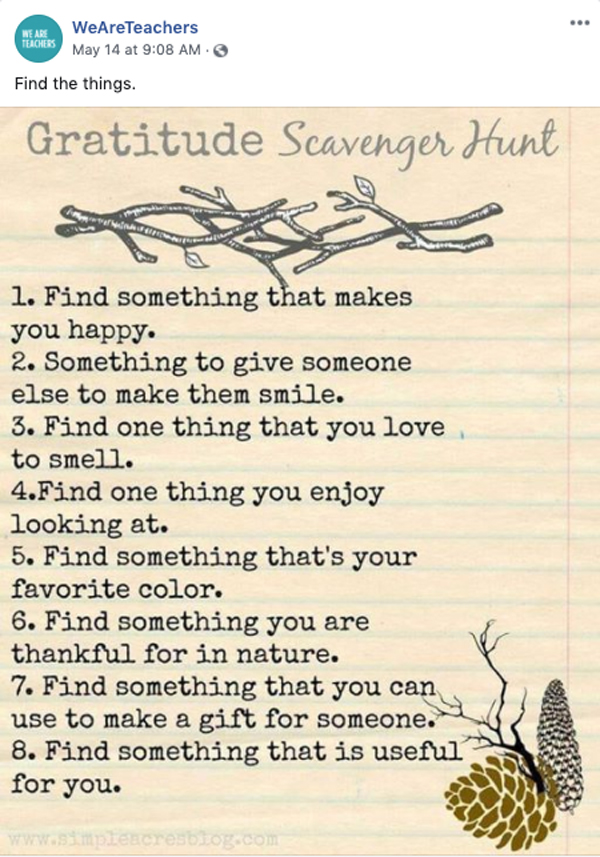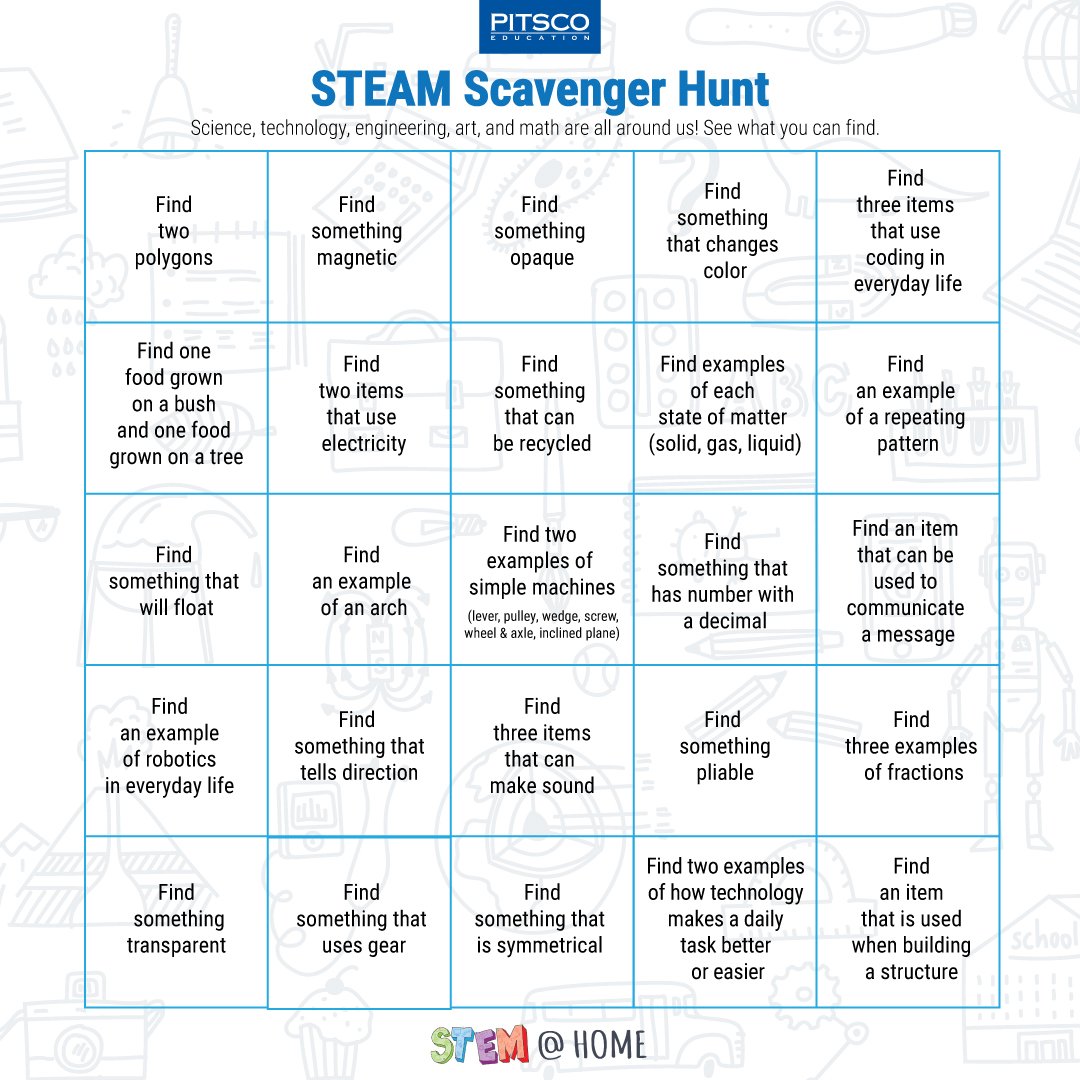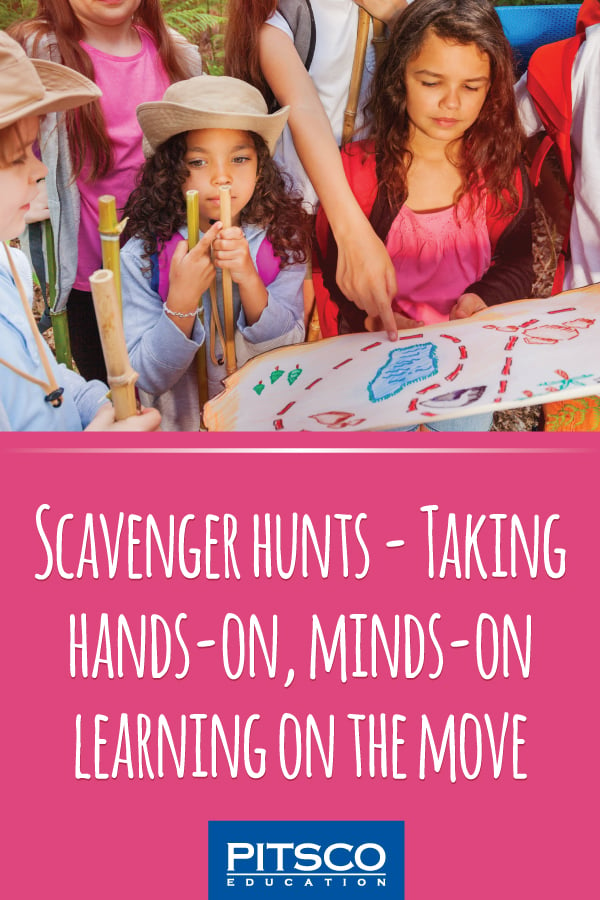Updated 6/11/24
I’m a huge fan of lists. I even have lists for my lists. And checking things off is my favorite thing. I also love mysteries.
So, it’s pretty fitting that I’m also a big fan of scavenger hunts. What’s better than a quest for treasure or solving a riddle in order to get to the next step, all while checking off the boxes in the process? It’s problem-solving, creativity, active thinking, and fun all in one!
During the pandemic, we saw the rise of the tried-and-true scavenger hunt. In particular, there was the adorable “Bear Hunt” through neighborhoods and communities based on the children’s book We’re Going on a Bear Hunt by Michael Rosen. Costumes, props, and creatures of many types – not just stuffed bears — were included on the adventure. Businesses, people working from home, grandparents, and organizations all got in on the fun. We’ve also spotted spin-offs such as safaris through town, which seem like such a good time!

We also love the Gratitude Scavenger Hunt, as shared by We Are Teachers, that encourages a bit of a slower pace and more reflection as you find specific things for which you are grateful. This is one that’s good for all ages and could be repeated often!

And, Pitsco’s even shared our own version of a STEAM Scavenger Hunt that will have you searching for all things STEMspired such as examples of arches or simple machines, numbers that have a decimal, something that floats, or an item that can be used to communicate a message. To mix things up, you could also make this hunt into a bingo game with first to five or make an X wins!

Benefits of a Scavenger Hunt
No matter the age, all students can benefit from an educational outing.- Promotes learning through observation – really looking around, seeing things in new ways, recalling sights.
- Encourages and demonstrates the value of play – exploration, creativity, imagination.
- Encourages movement – getting up and about.
- Furthers skills to handle challenges and constraints – time limits, hard clues, difficult-to-find items, barriers, laws, and rules.
- Furthers communication skills – sharing ideas, making suggestions, talking through differing answers, taking turns.
- Varies in complexity – can adapt to any age.
- Happens anywhere – grocery store, car ride, outdoors, indoors.
For more details, Scholastic and Medium have some great quick reads about this.
How to Plan a Scavenger Hunt
There are a variety of treasure hunts you can do: indoor hunts, backyard or neighborhood hunts, or a photo-based hunt to name a few. You can increase the level of complexity and scope of the hunt, depending on the childrens’ ages. Determine the type of hunt that is right for your situation and then create or print out clues.

It’s alway good to set up some ground rules. Remember, kids get excited by anticipation, so maybe no running could be rule number one. It’s important to designate if the hunt is an individual or team-based event to avoid confusion. And, if you have teams, remind them to take turns reading the clues.
Considerations:
- Determine your type of hunt and its complexity level.
- Make ground rules and parameters (time limit, roles in team, and so on).
- Consider the weather.
- Ensure safety.
- Gather any necessary supplies.
- Follow all local laws and regulations.
- Have fun!
Fun Hunts to Explore Next
There are SO many ideas on Pinterest and from simple web searches. We found these three sources to be great starting places for hours of adventure and exploration. You can also make your own!
National Scavenger Hunt Day is May 24 each year. Hope you’ve found a few ideas to help with your celebration! Have other favorites? Share them in the comments.
Happy hunting!


